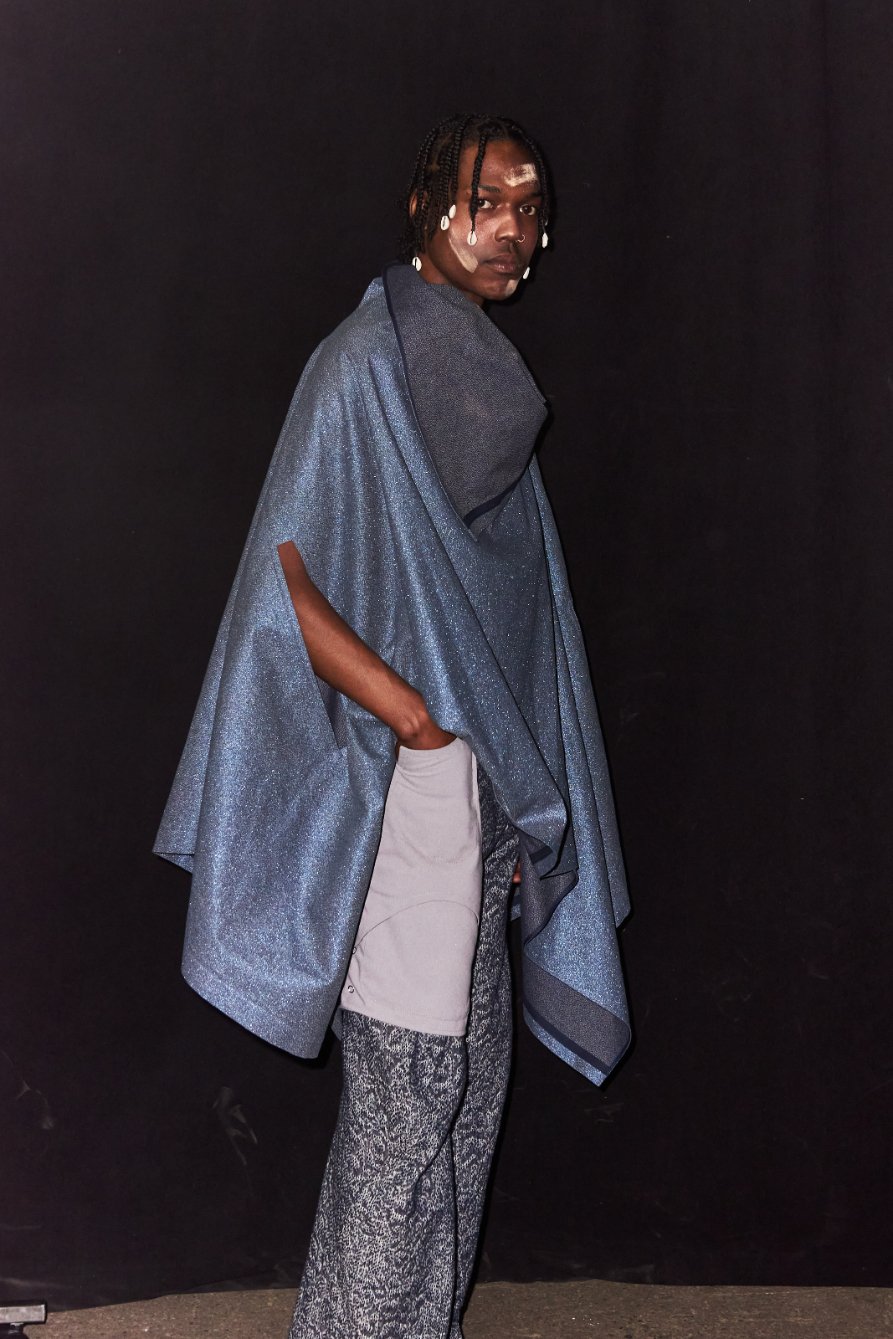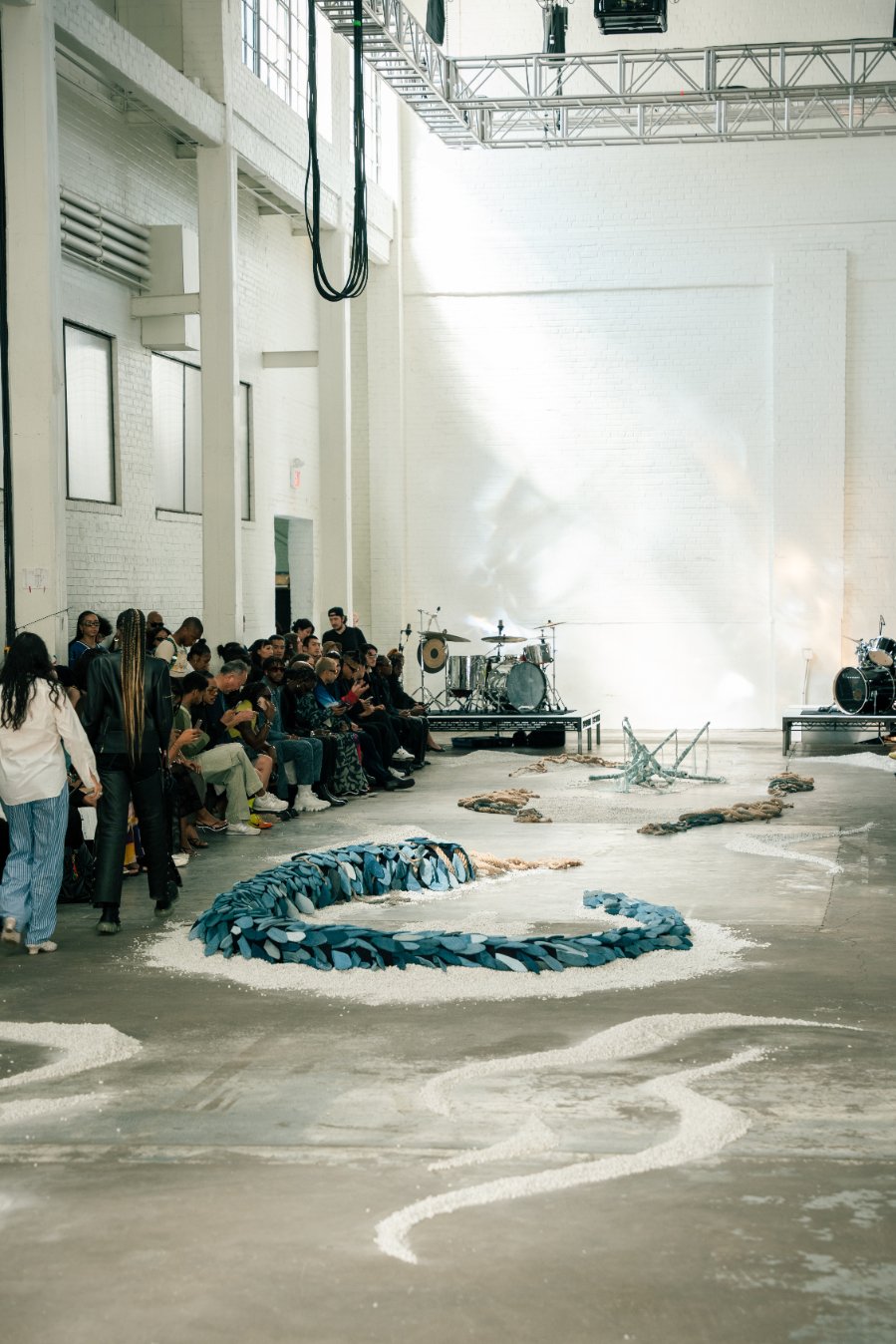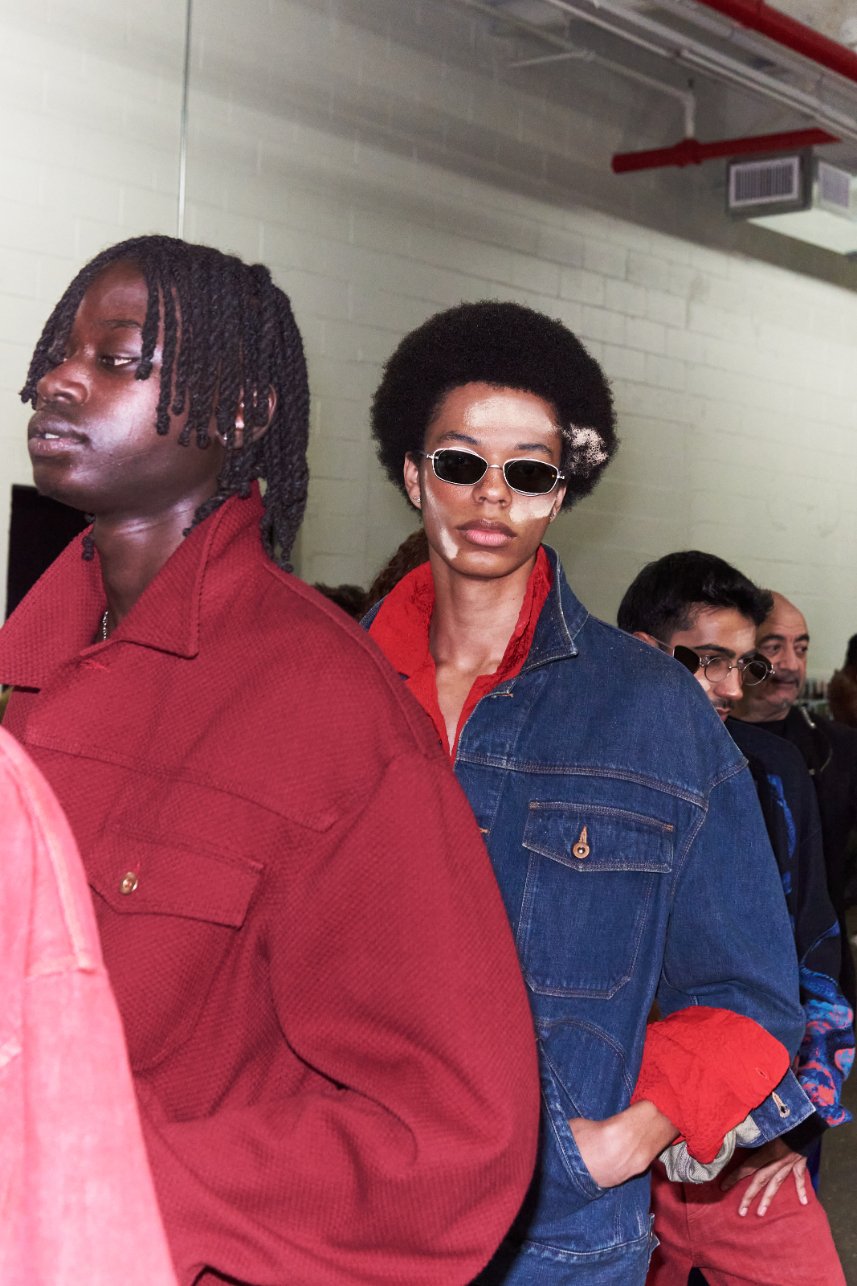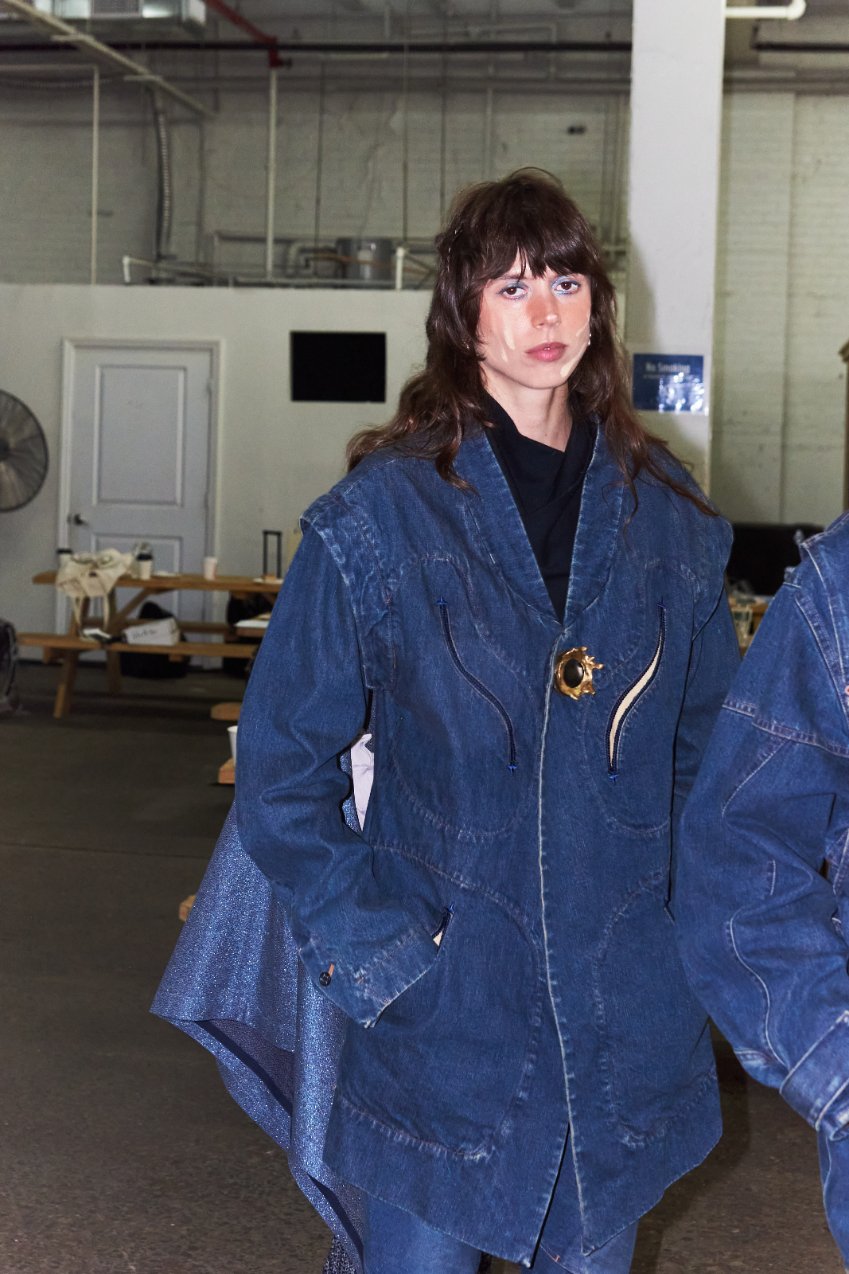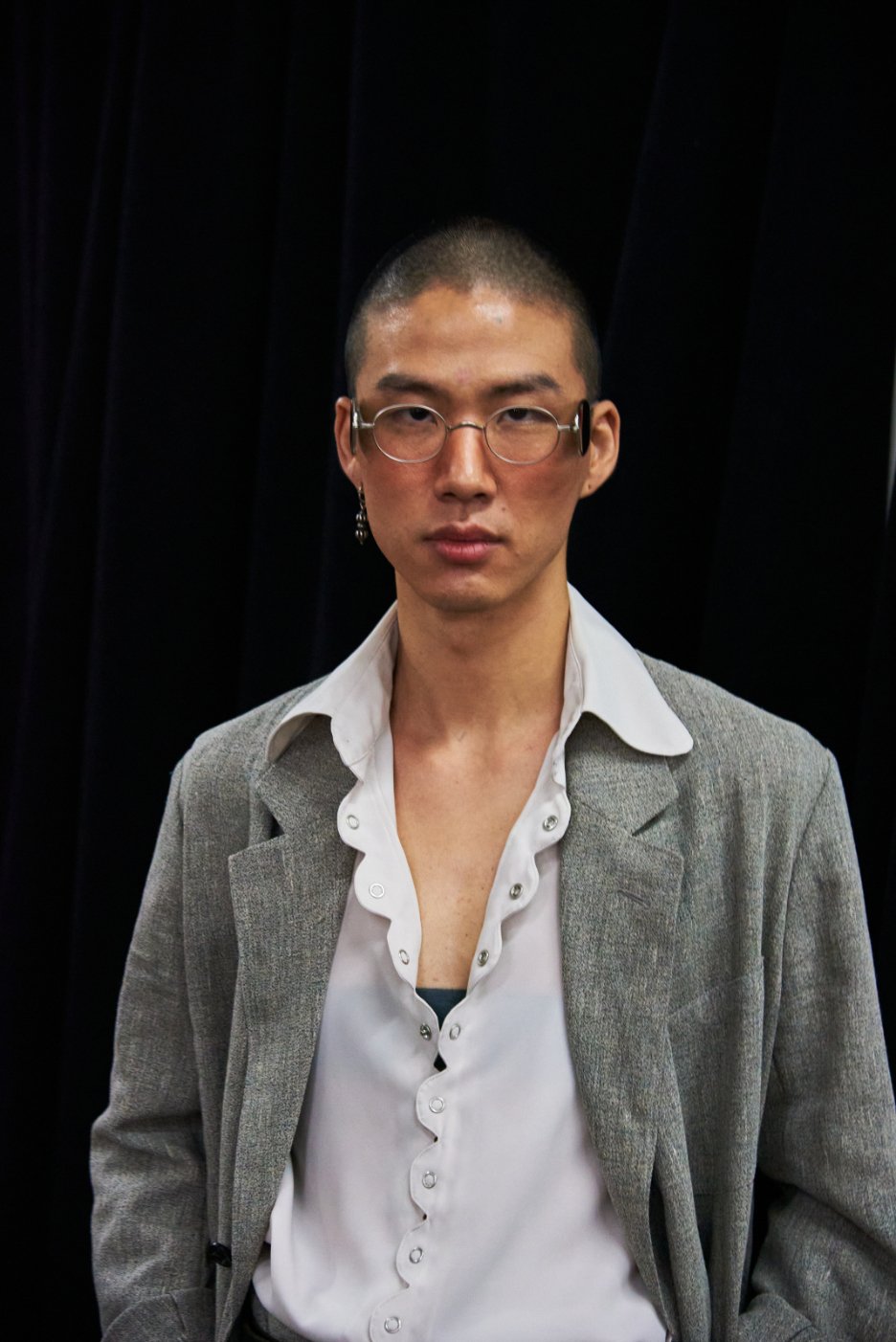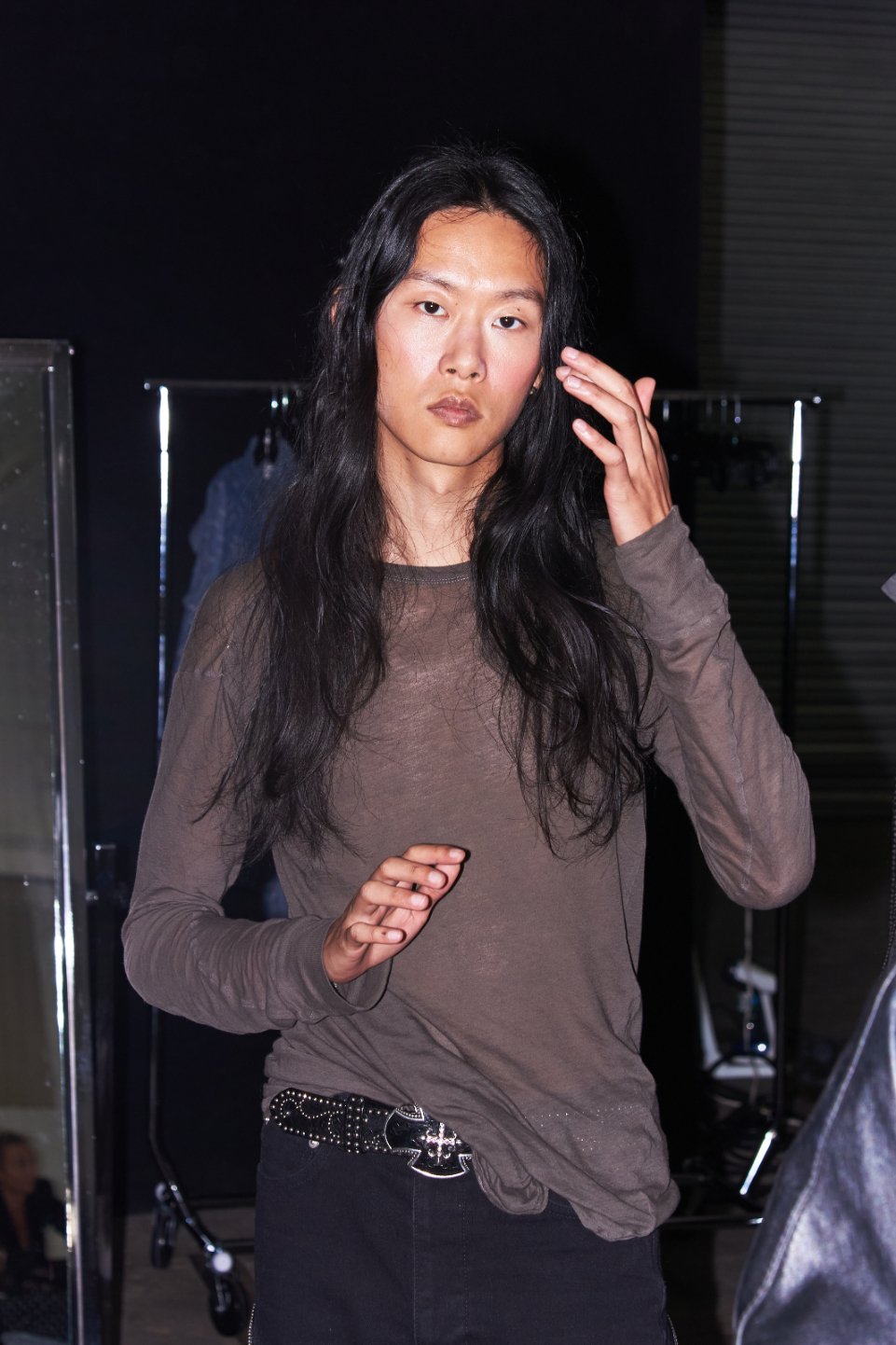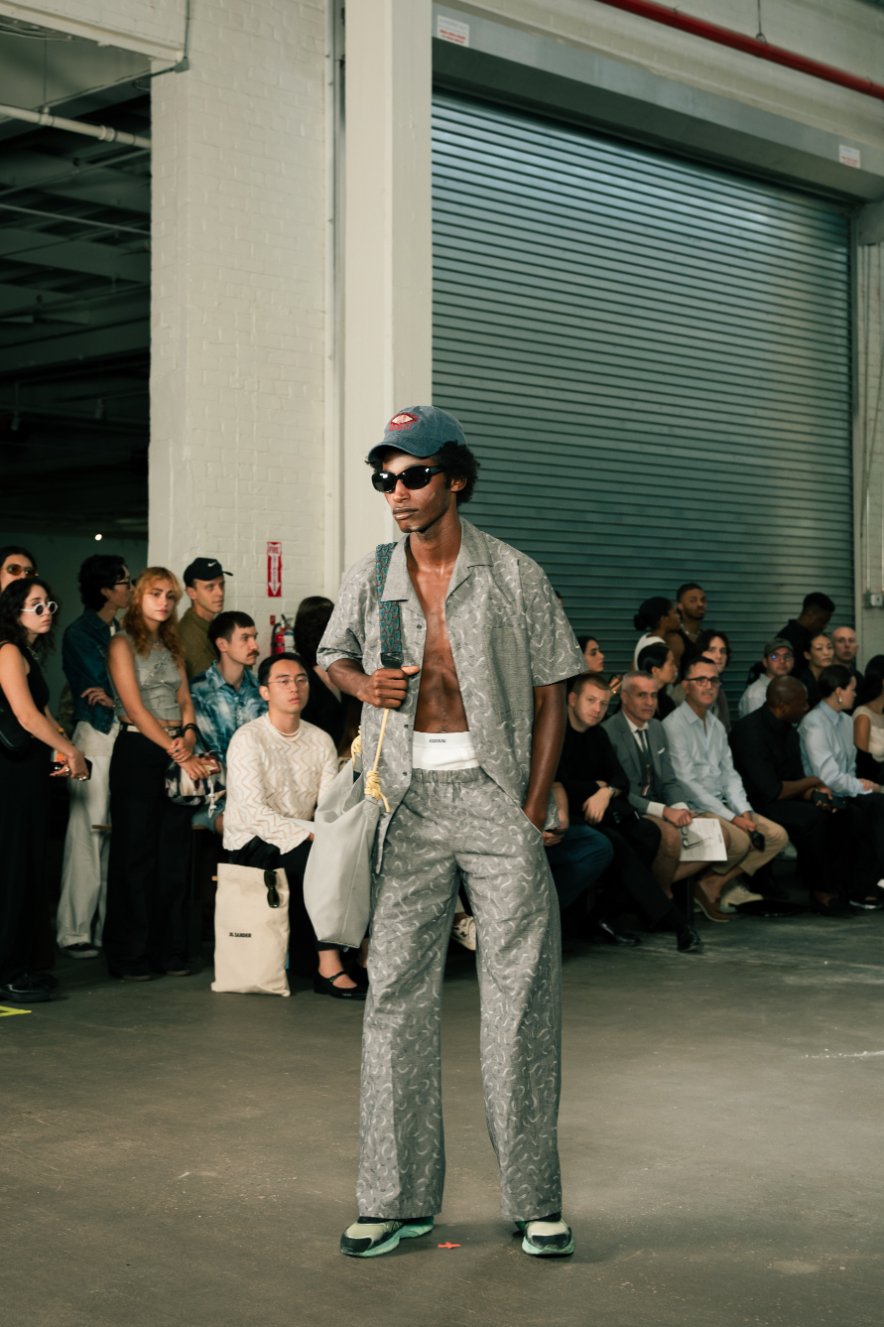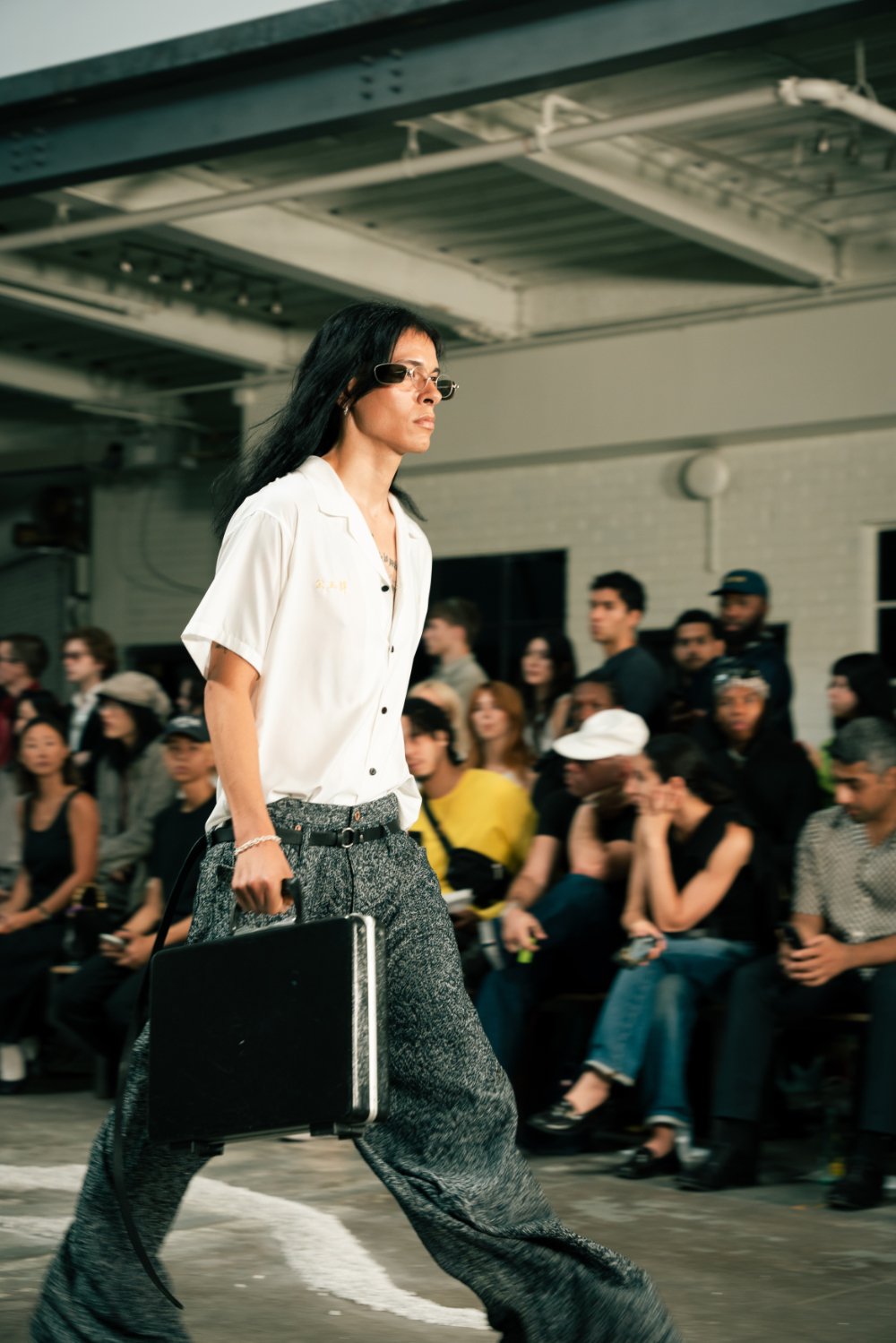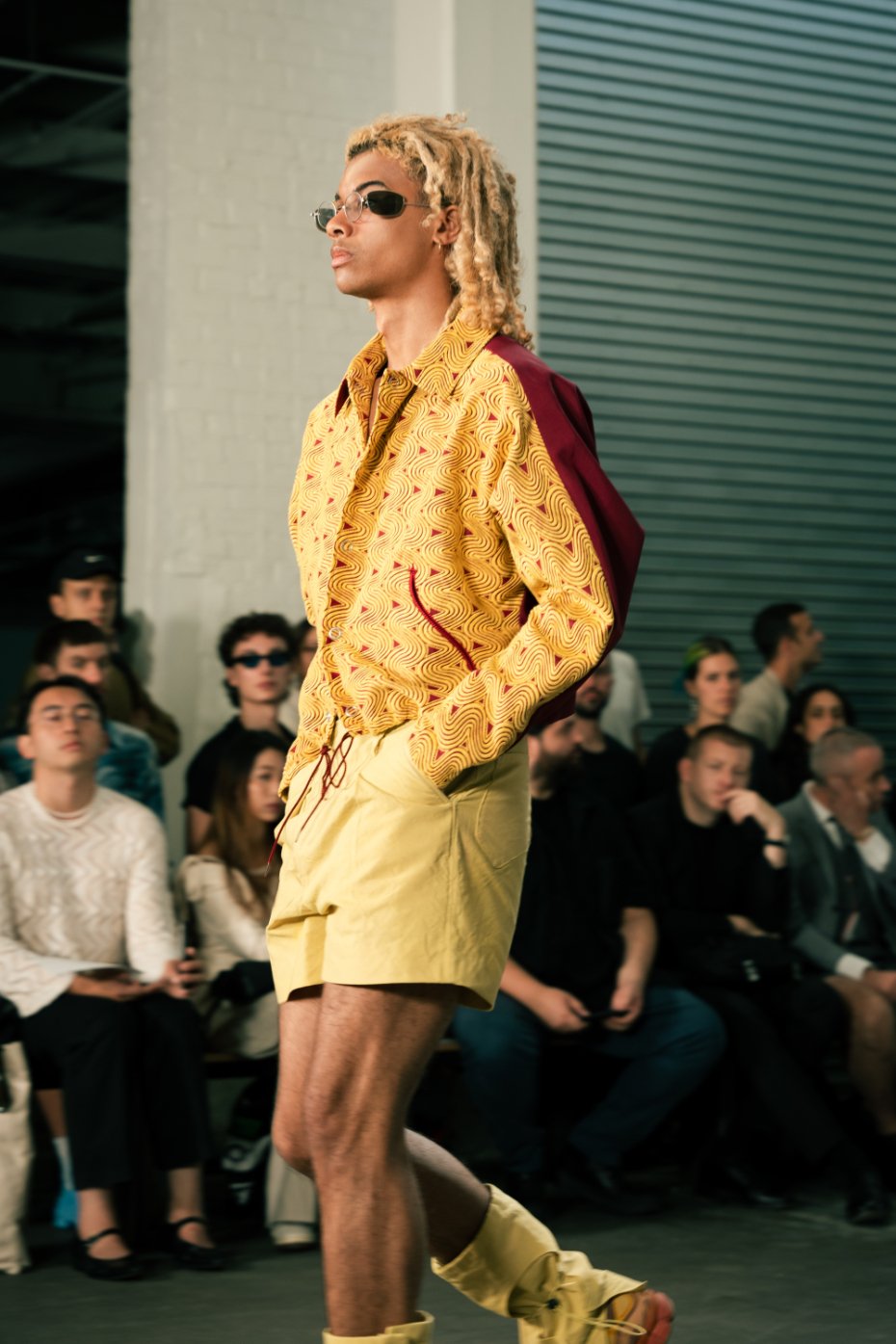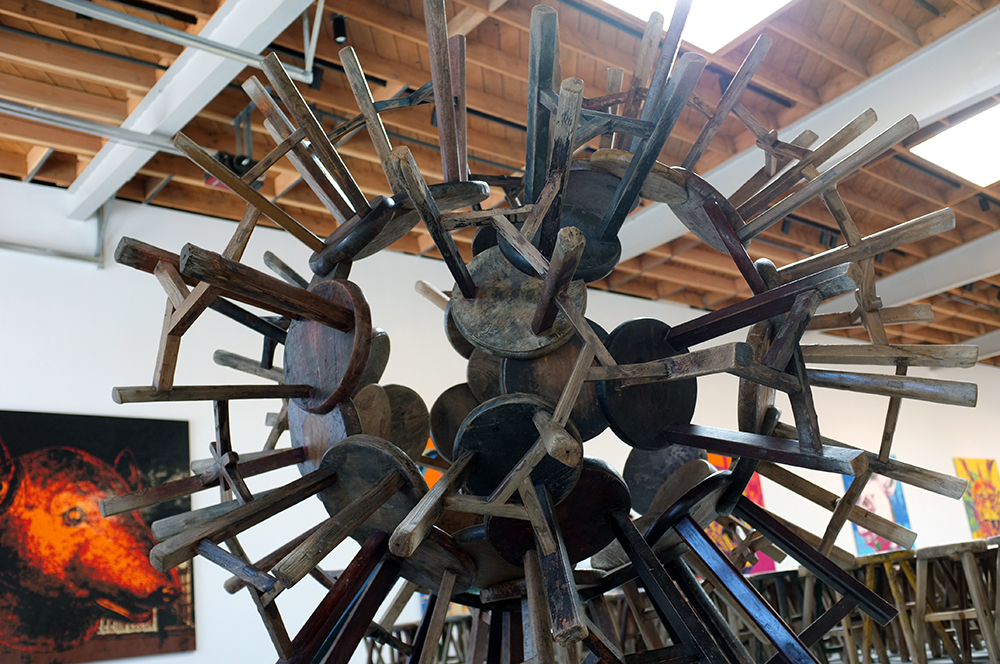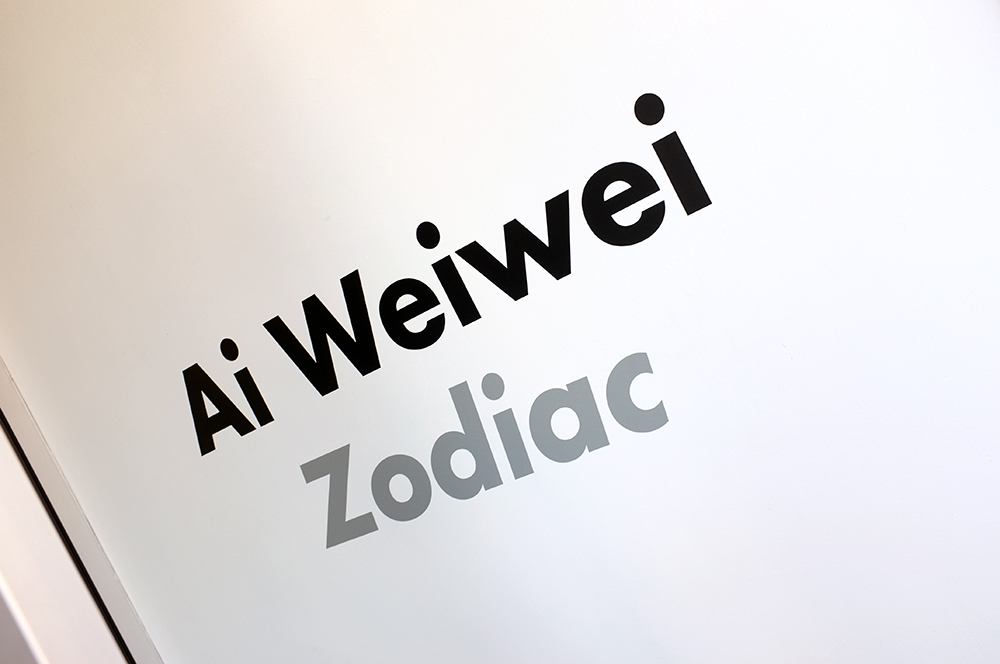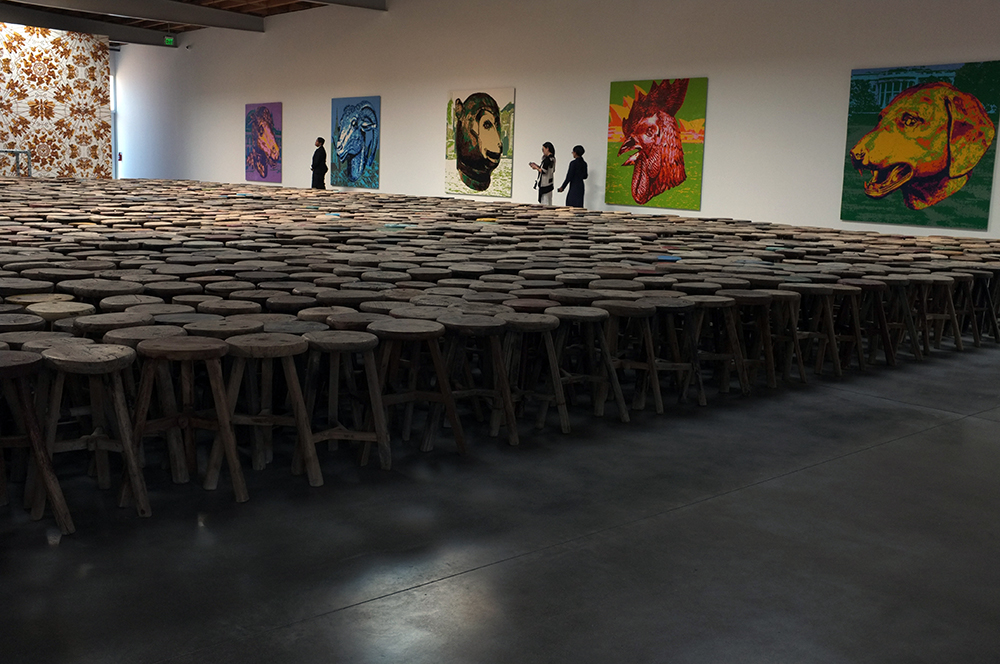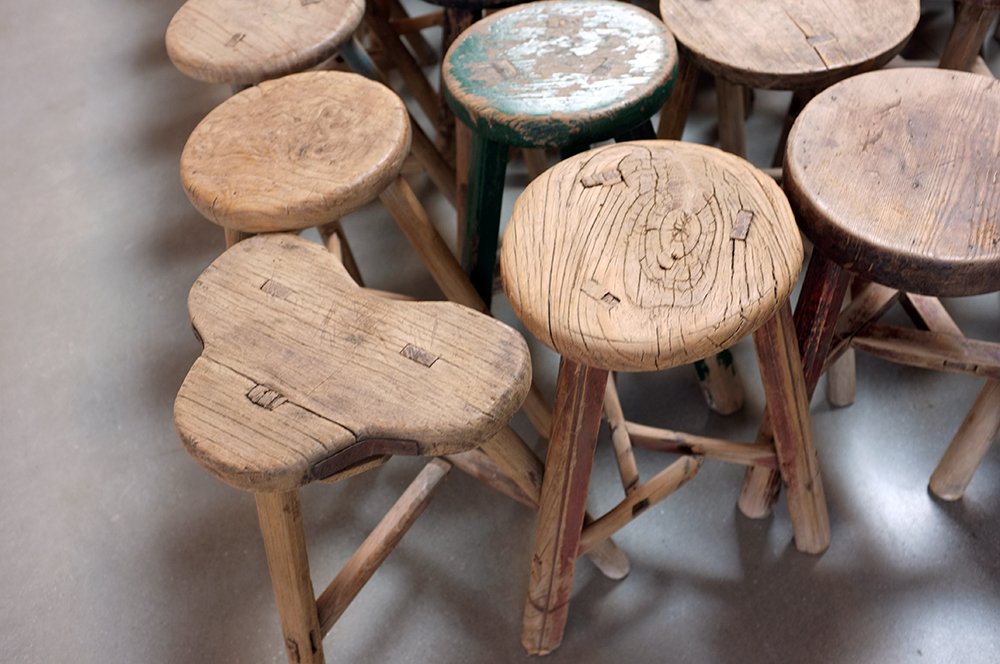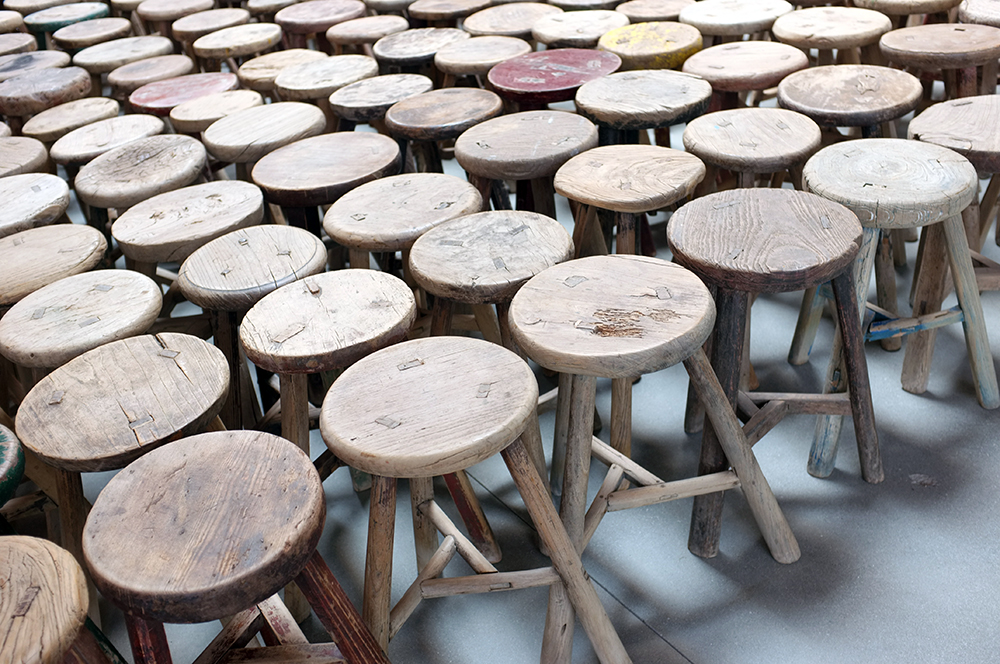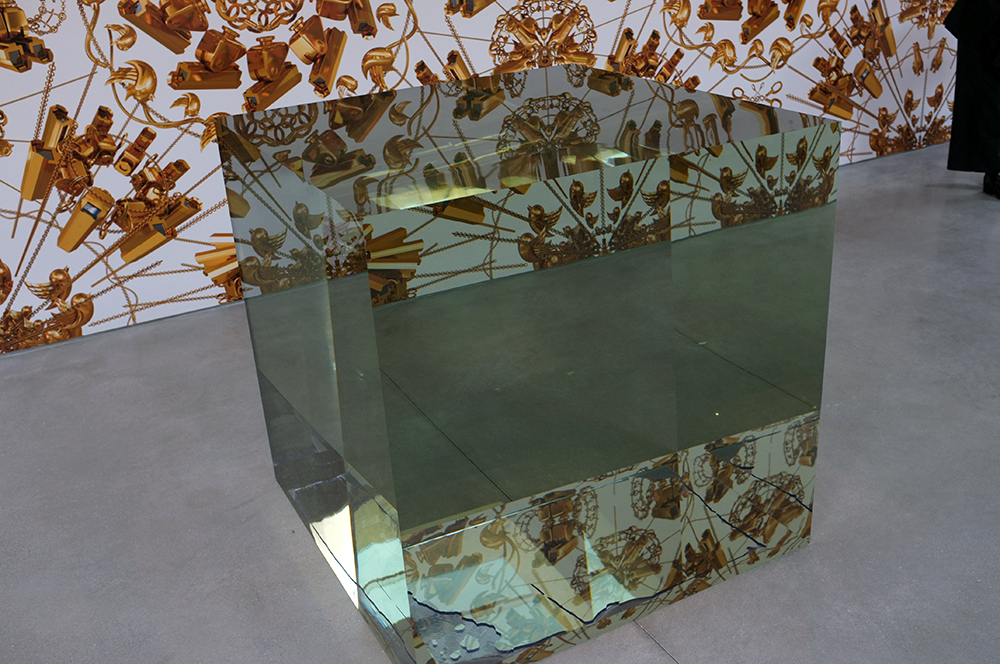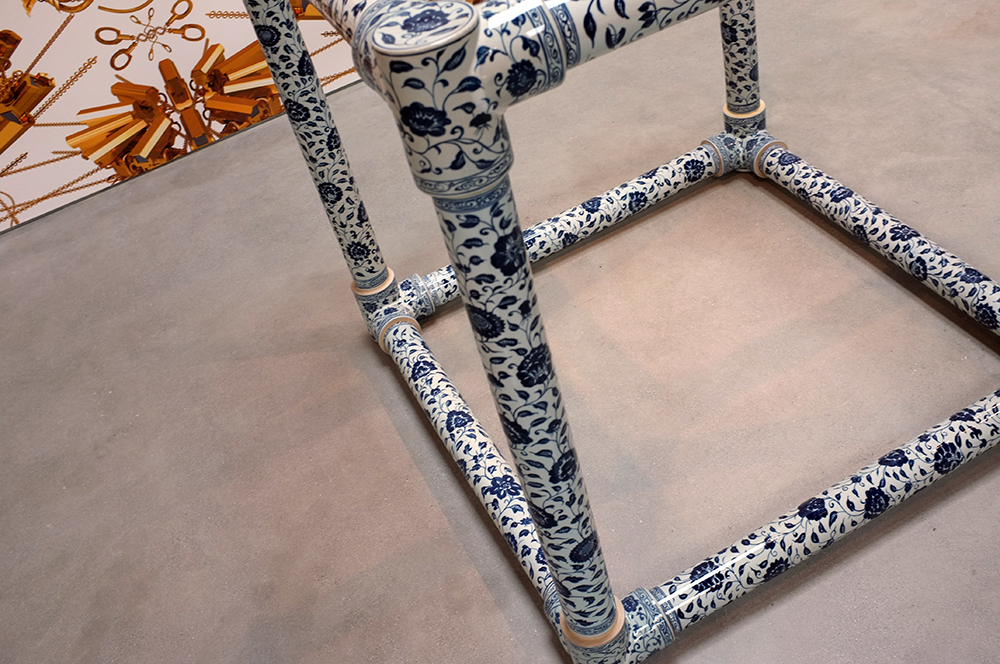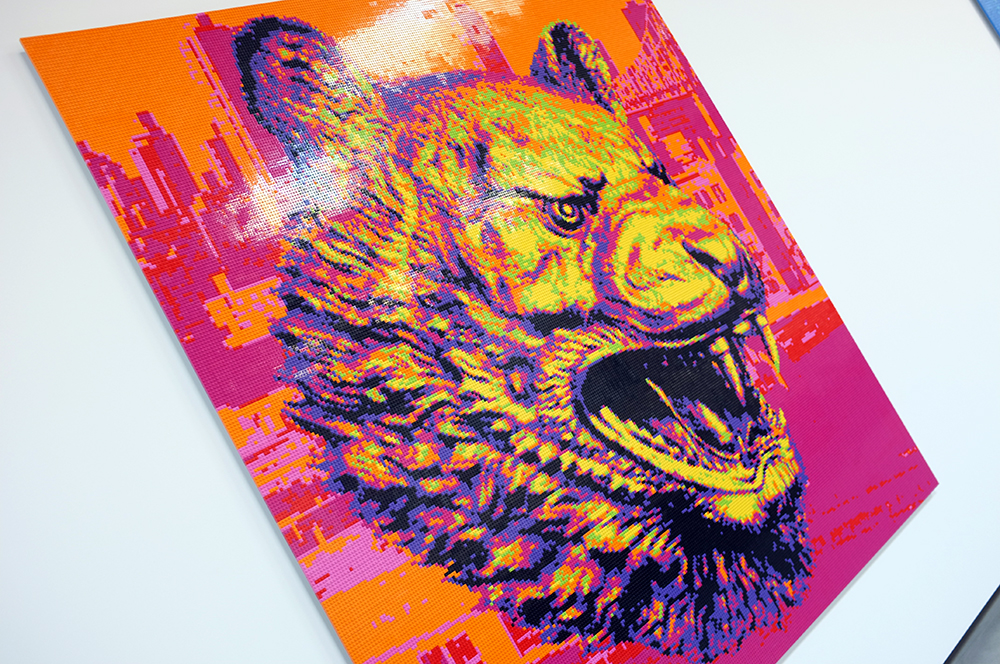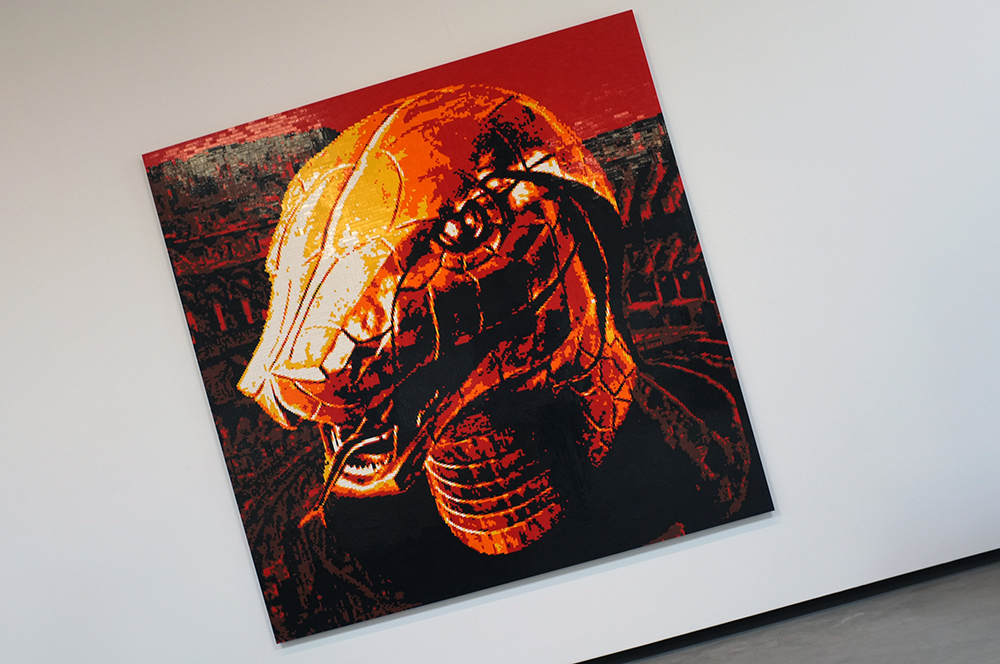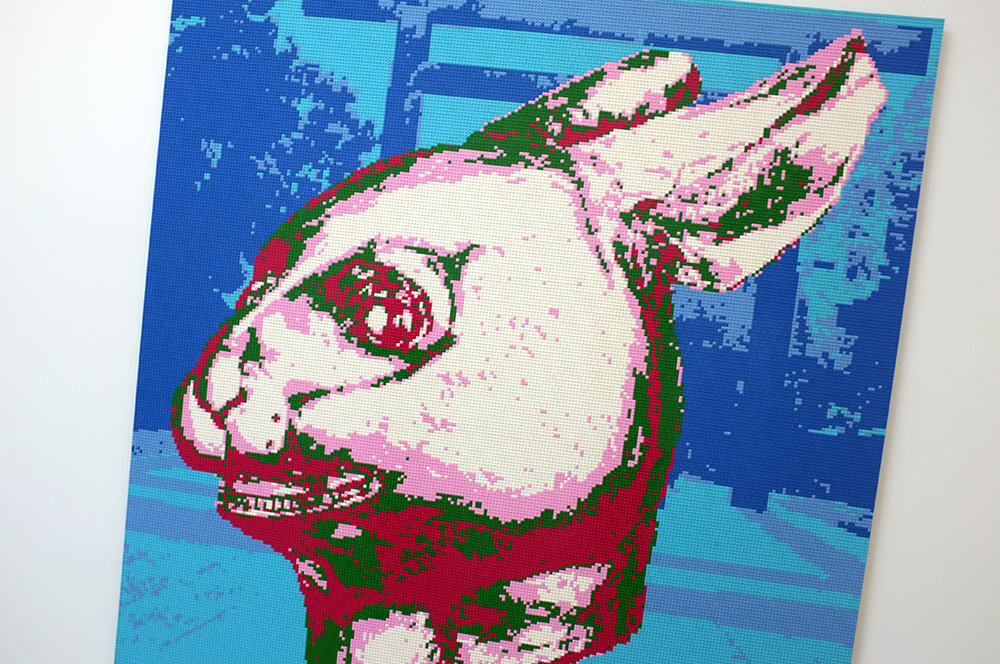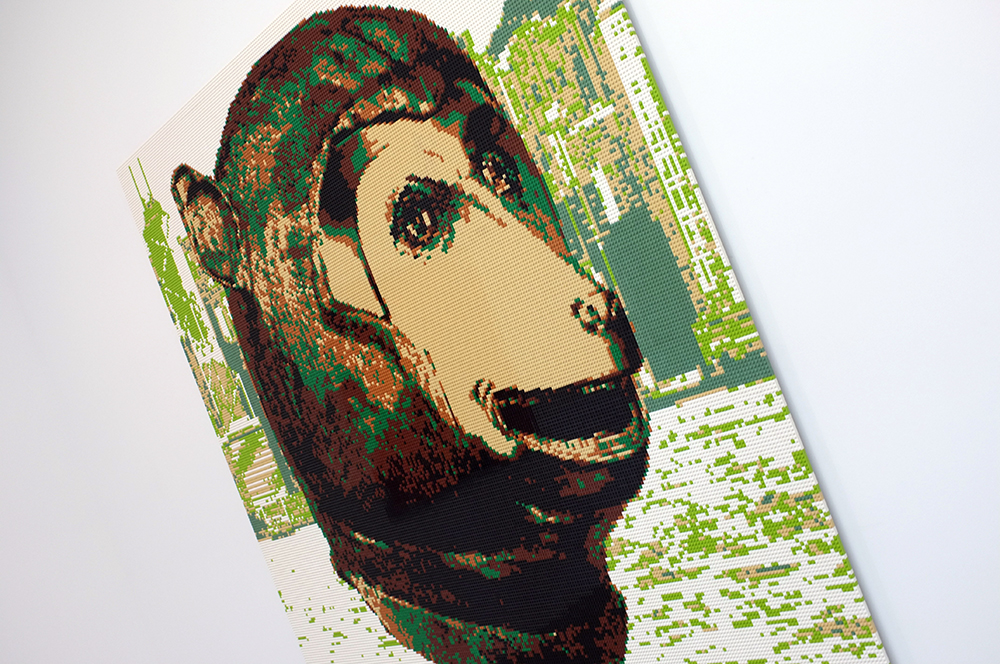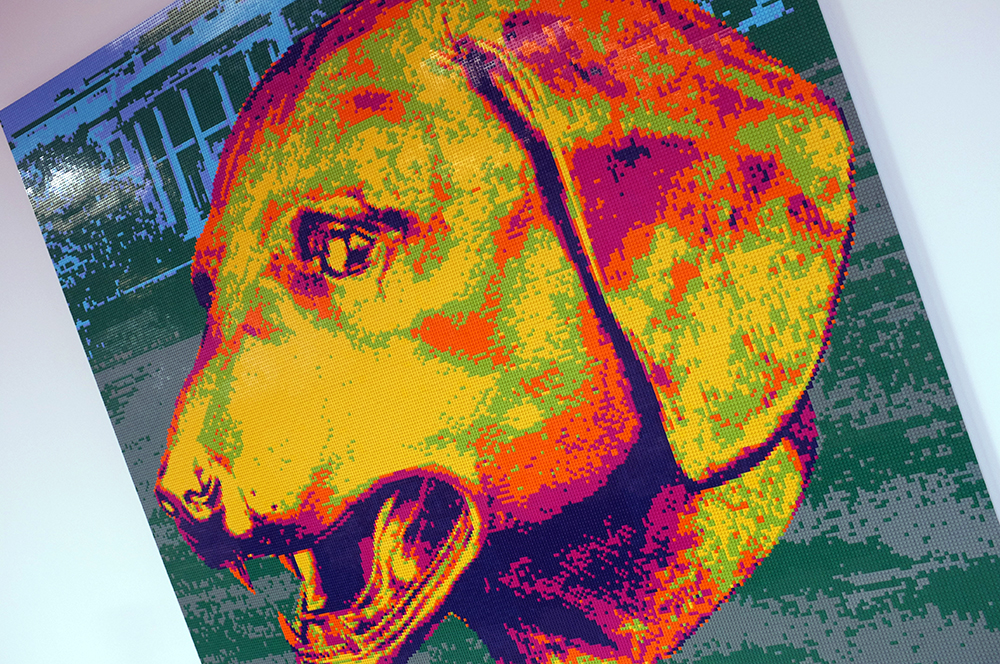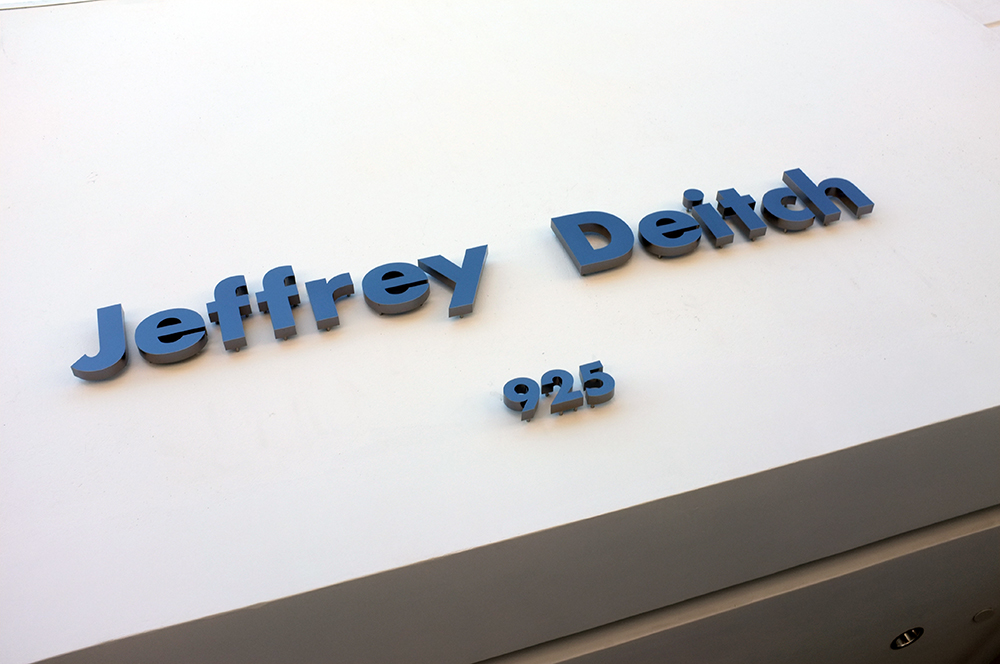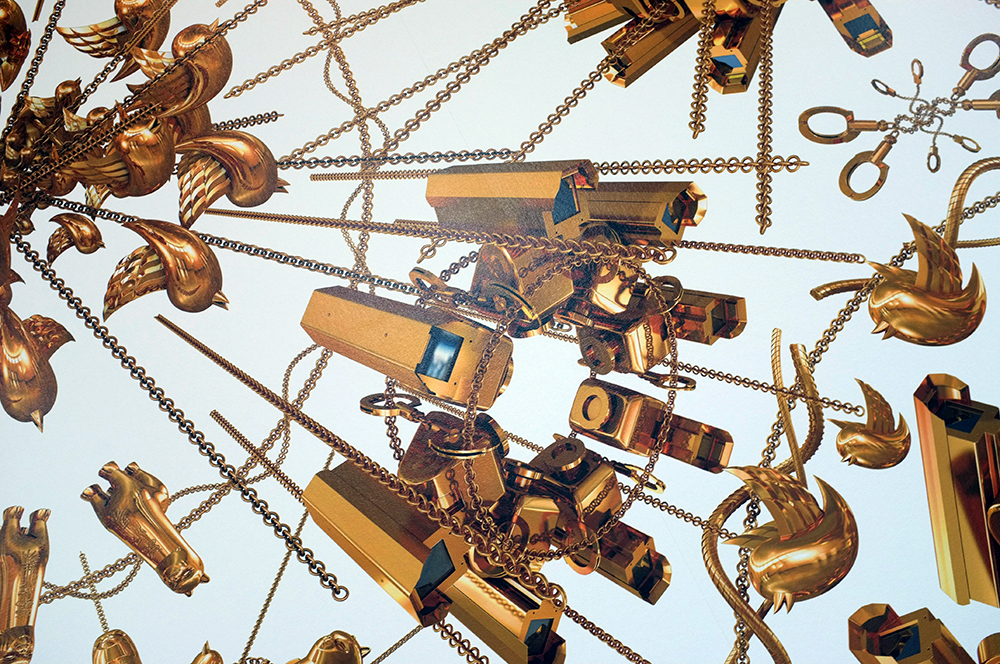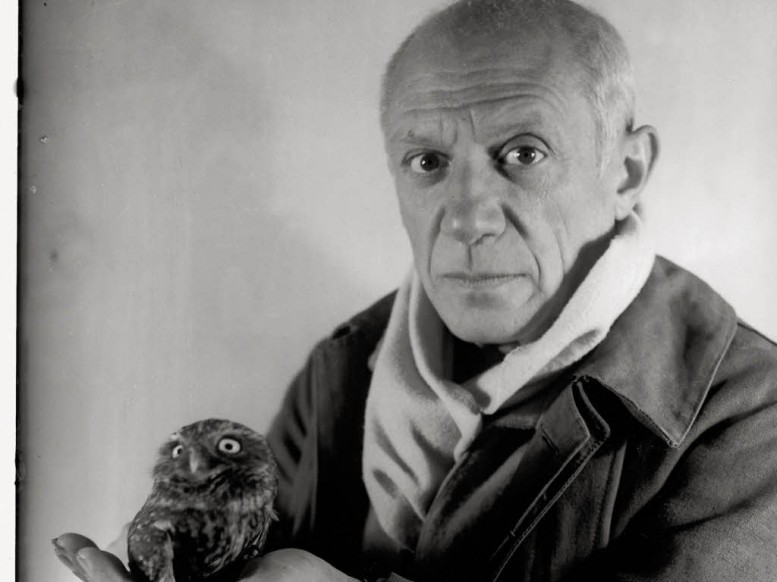Mythical creatures serve as a universal source of aesthetic and spiritual inspiration, evident throughout the KOZABURO Spring Summer 2024 collection. This essence finds expression in garment construction, graphic patterns, and intricate embellishments. Curved lines evoke the undulating contours of sand dunes, while textures and fluidity capture the essence of dragons and serpents.
This collection transcends the constraints of historical clothing norms, embracing 3D-cut pants and styles that defy convention. The Chinese zodiac and the Uroboros symbol, representing rebirth and the future, permeate the collection, both structurally and in attitude.
Akasaka's reverence for ancient aesthetics extends to contemporary fabric choices. SS2024 incorporates a capsule collection produced in collaboration with cycora® by AmbercycleTM—a newly regenerated material derived from disassembled end-of-life clothing and textiles. This circular approach aligns seamlessly with the traditional Japanese weaving technique of Sakiori, a hallmark of KOZABURO, where used strips of fabric are woven into new textile creations.
The runway presentation features a soft serpent sculpture with scales crafted from upcycled denim, symbolizing the eternal cycle. Two drummers, uniting at the point of infinity, symbolize a universal language of communication, ceremony, and spirituality, recalling a past Tokyo show with Taiko drummers.
KOZABURO's Spring Summer 2024 collection is a harmonious mosaic of inspiration, reflecting a decade of creative community and cultural exploration in the United States, a testament to Akasaka's artistic journey.

